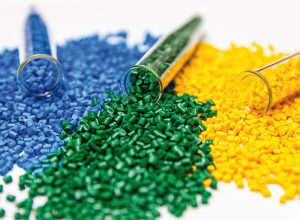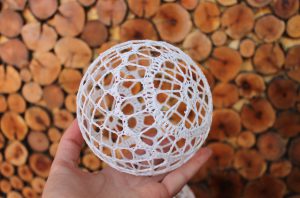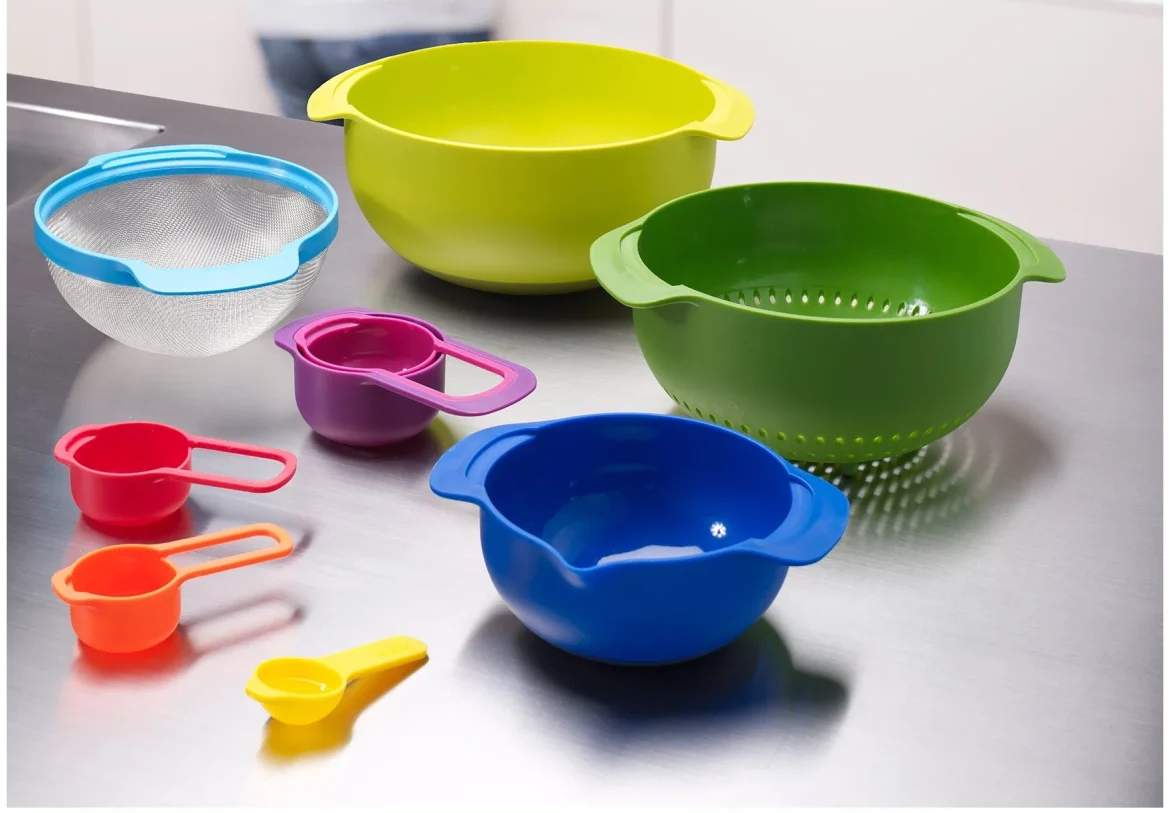Around the middle of the 19th century, as the production of industrial products increased, the availability of certain elements that originated from animals decreased. These commodities were becoming more difficult to get. That was when raw plastic materials began their career. Elephants are in danger of extinction if there is an increase in demand for ivory, which is used in various products, from piano keys to billiard balls. The same demise awaits some kinds of turtles whose shells are used to produce tablets.
Soon after, innovators got to work on finding a solution to this ecological and economic conundrum, and they obtained a number of patents for semi-synthetic materials derived from natural components like cork, blood, and milk. Nitrocellulose was one of the oldest types of paper. It was made by dissolving cotton fibers in nitric and sulfuric acid and combining them with vegetable oils.Alexander Parkes, was the one who first registered the novel compound in 1862 and gave it the name parkisine.
This plastic, which is sometimes referred to as the “first man-made plastic,” was a less expensive and more colorful alternative to ivory or tortoiseshell. His invention was successful and was adopted and developed by others, such as a former factory manager, who later founded a celluloid manufacturing company in the United States. Parks himself was not a commercial success, but his invention was successful and was adopted and developed by others.
This new kind of plastic brought to a more equitable distribution of consumer goods and culture by lowering the price of previously luxury items such as combs and billiard balls. Film is without a doubt the most significant cultural use of celluloid. In a twist of fate, the short haircuts popularized by cinema stars in the 1920s led to the demise of the celluloid comb business, which continued to struggle until fashion designers devised a more suitable replacement.

Plastic raw materials 10 points
Raw plastic materials and polymers are rarely used solely by themselves; instead, polymer resins are often combined with various additives, usually taking 10 points in the equation to enhance their performance. Mineral fillers such as carbon and silica, plasticizers that make the material flexible, heat and UV stabilizers, flame retardants, and pigments are all additives. Mineral fillers make the material more durable. Plasticizers make the material more pliable. Many of these additives are used substantially across a range of goods.
Several chemical additions can be poisonous, such as polyvinyl chloride and lead in PVC. However, compounds released from plastics, such as phthalates and BPA, damage animals. The magnitude of the influence is a contentious topic, particularly when discussing population.The primary concern in this context is establishing a connection between the kind and quantity of additives found in plastic and the rate at which live organisms absorb and accumulate them.
Phthalate plasticizers, bisphenol A, brominated flame retardants, and antimicrobial compounds are examples of additives that raise special concerns. BPA and phthalates are known to generate considerable quantities of plastic and are present in a wide variety of mass-produced goods. These goods include medical equipment, food packaging, perfumes, cosmetics, toys, flooring, computers, and CDs, among other things. As an example, phthalates are a significant component of PVC, while BPA is a monomer used in the manufacturing process of polycarbonate plastics as well as an additive utilized in the manufacturing process of PVC.
Phthalates, which are of concern owing to their high performance and adaptability, may be removed from goods since they do not chemically attach to the plastic matrix. This allows for their removal from products. Because phthalates and BPA evaporate so easily, they may be found in a variety of settings, including water, dust, and air. Concerns have been raised concerning these substances’ potentially lethal impact on people and animals.

Plastic raw materials 12000
ISO 12000 : 2014 provides definitions for raw plastic materials polymeric and latex dispersants and specifies appropriate test methods for determining the properties of polymeric dispersants, including products of synthetic or natural origin, including synthetic rubber and natural rubber. Additionally, this standard defines polymeric and latex dispersants in terms of appropriate test methods for determining the properties of polymeric dispersants.
Certain techniques of testing may only be used with polymer or latex dispersions that have a certain chemical make-up, or with dispersions that are utilized in particular applications. The International Organization for Standardization, more often known as ISO, is an international federation of national standards bodies. In most cases, the task of developing international standards is carried out by technical committees that are a part of ISO.
Any institution that is a member of the organization and is interested in the work of the formed technical committee has the right to be represented there. In addition to international organizations and governmental and non-governmental organizations that deal with ISO, there are other international organizations that are active in this task. Concerning all aspects of electrotechnical standardization, ISO maintains a strong working relationship with the International Electrotechnical Commission.

Plastic raw materials 3d printer
Plastics are pliable materials that may be manufactured from synthetic or semi-synthetic substances that can be molded into different shapes. Raw materials created with a 3D printer are also gaining popularity within additive manufacturing. The vast majority of plastics sold today are composed completely of plastics (usually petrochemicals). However, as people become more concerned about the state of the environment, polylactic acid (PLA) and other polymers manufactured from renewable resources are becoming more popular in the market.
Plastics are utilized in a wide variety of goods and sectors because of their cheap cost, simplicity of production, adaptability, and resistance to the effects of water. Later, we will investigate the most prevalent varieties of polymers used in 3D printing. The FDM (Fused Deposition Modeling) method of three-dimensional printing is now the most common and cost-effective method. This method creates items by extruding plastic filaments. On the other hand, the precision of FDM devices is not the same as that of other AM methods, such as SLS or SLA.
In order to create prototypes using this technology, plastic is often employed. Therefore, to improve the component’s precision and quality, producers may choose to employ SLS technology (which involves the use of plastic powder) or SLA technology (which involves the use of plastic resin) for industrial parts and end-use parts, respectively. Material penetration and multi-jet fusion are two additional techniques that may be used when printing with plastics. Which types of polymers are suitable for use in the manufacturing of additives?
If the plastic is in the form of filament or powder, it will need to be melted down before it can be used to print the thing layer by layer. When it is in the form of resin, the thing has to be cured before it can be formed. During the production process, each kind of plastic calls for a unique set of 3D printing settings and imparts distinctive characteristics onto the finished object.

Plastics raw materials 4
The estimation of raw plastic materials reserves is a particularly complicated process for manufacturing enterprises. This involves not just one but 4 distinct classes for inventory on the balance sheet, in contrast to the one classification that is used for businesses that are not manufacturers. The inventory of raw materials is included in the current assets area of the balance sheet. Other assets that are anticipated to be consumed within the next year are also included in this section. Make your way through this procedure.
Completed products in some circumstances, the raw materials in question might be classified as either direct or indirect. Whether the raw material is acquired directly or indirectly impacts where it is represented in the balance sheet and how it is used in the income and expense statements. The cost is deducted from the total value of all inventories, including those of raw materials. This indicates that the cost of shipping, storage, and preparation is included in the value.
In an accrual accounting system, the normal journal entry for the first purchase of raw materials inventory comprises a credit to Cash and a debit to Stock. This is because Cash is used to pay for Stock. The current assets are increased by the balance amount of a debit balance, while the cash assets are decreased by the balance amount of a cash deposit
. When a corporation utilizes inventory of raw materials for manufacturing, they shift it from the warehouse where raw materials are stored to the warehouse where work in progress is stored. When the business does a work-in-progress (WIP) item, the firm adds the finished items to its inventory of finished goods and gets them ready for sale.

Plastic raw materials 5.2.12
The 20th and 21st centuries are often referred to as the era of plastic due to the widespread use of plastic products made by raw materials, especially 5.2.12 grade, and the pervasiveness of the plastic material category. Plastic may be found in almost every facet of modern culture. We rest our heads on pillows stuffed with plastic, we clean our teeth with plastic toothbrushes, we write on keyboards made of plastic, and we both drink and eat from plastic bowls; it is impossible for us to go through a single day without coming into touch with some kind of plastic.
However, as our understanding of the world around us expands, we are coming to realize that our general acceptance of plastic is not without consequences for both our health and the environment. Our landscapes, seas, air, and items all get polluted due to the use of plastic. Even the fossil record has evidence of its existence.How did we get here? When exactly did plastic start to become one of the most common materials used in today’s society? What kinds of solutions are there to the problems that are caused by the use of plastic?
Natural polymers such as horn, tortoiseshell, amber, rubber, and lacquer have been utilized since ancient times, despite the common perception that plastic is a substance that dates back to the 20th century. When heated, animal horns become pliable and may be formed into a variety of shapes for a variety of functions and goods, including medals and flatware. In the 19th century, one of the most significant applications of horn was in the combing business.

Plastic raw materials 5-HTP
Another more commonly used grade in raw plastic materials is 5-HTP. The advancement of technology for 3D printing has resulted in the substantial study on printed materials, which has made it possible for a variety of high-performance filaments to be developed that have mechanical qualities similar to those of metals. There are several families of high-performance polymers that may be used for 3D printing, including polyaryletherketon (PAEK) and polyetherimide. Some examples of high-performance plastics are PEEK, PEKK, and ULTEM (PEI).
These threads have a very high resistance to both mechanical and thermal forces and an impressively high strength to weight ratio when compared to many metals. As a result of these characteristics, it has garnered a lot of interest in the industries of aerospace, automotive, and medical.Printing high-performance polymers is not possible with all FDM machines available on the market today because of the materials’ characteristics.

In point of fact, a 3D printer needs to have a heating plate with a temperature of at least 230 degrees Celsius, an extrusion with a temperature of 350 degrees Celsius, and an enclosed chamber. At the moment, around 65 percent of these materials are printed using FDM technology. However, they are also available in powder form, which makes them compatible with SLS technology. Find out more about PEEK and PEKK by reading our comprehensive guide.











Your comment submitted.